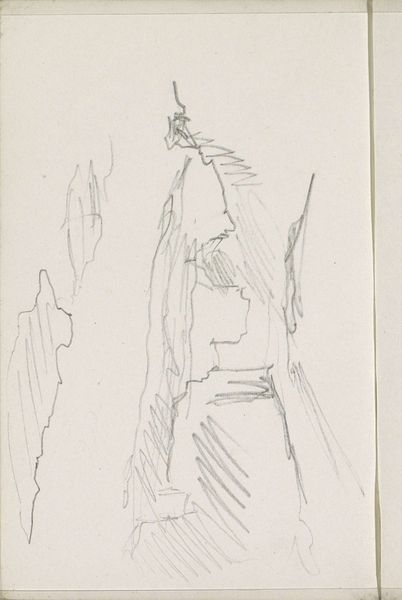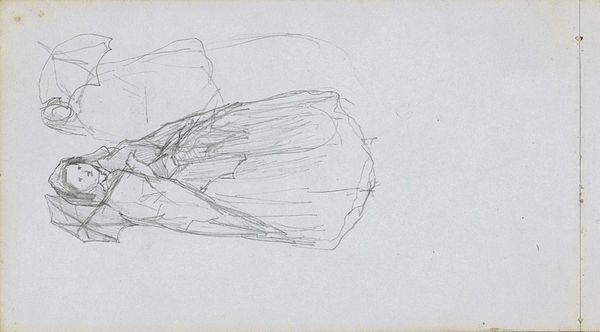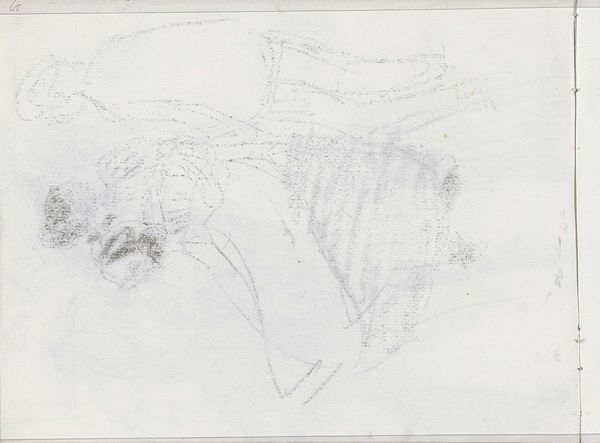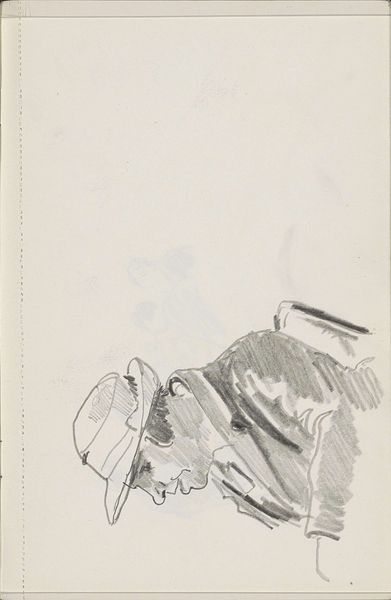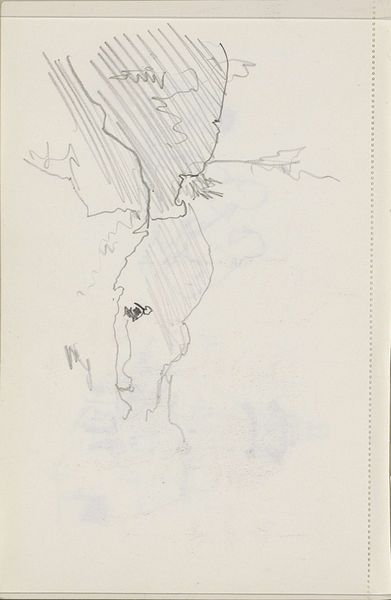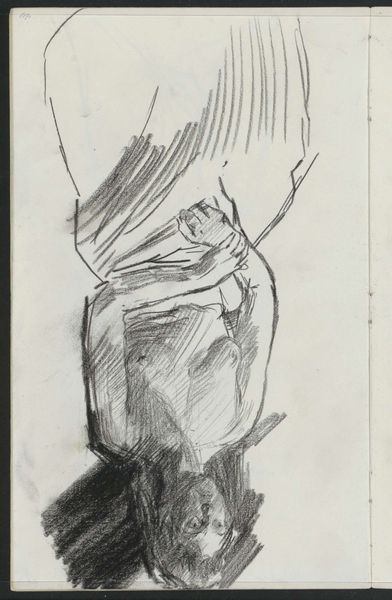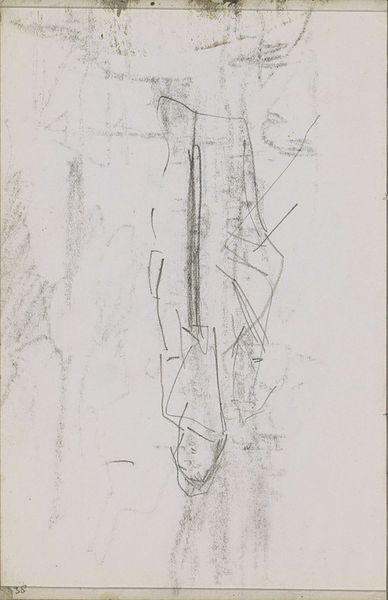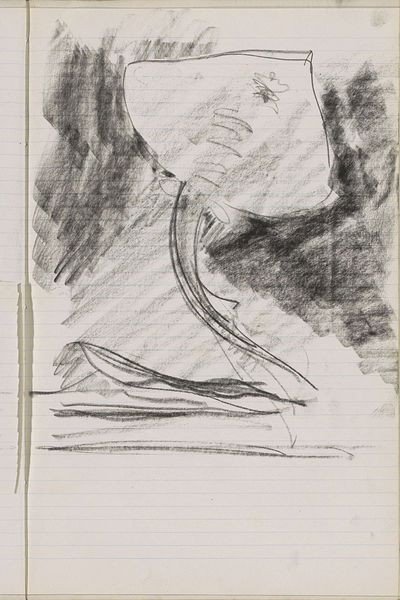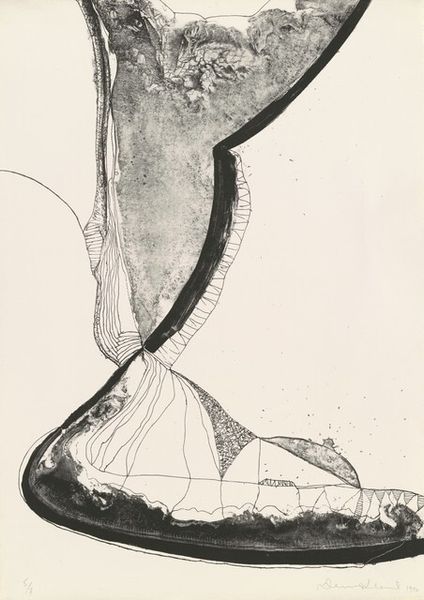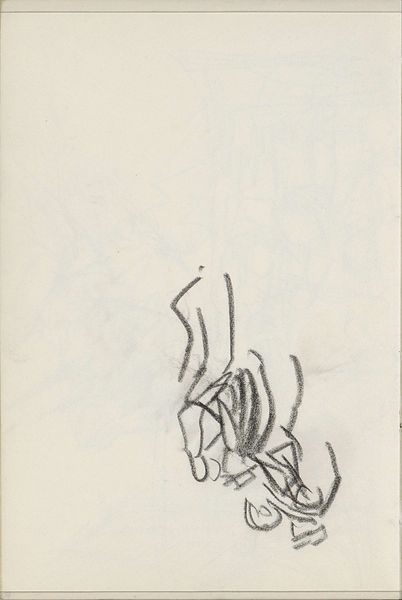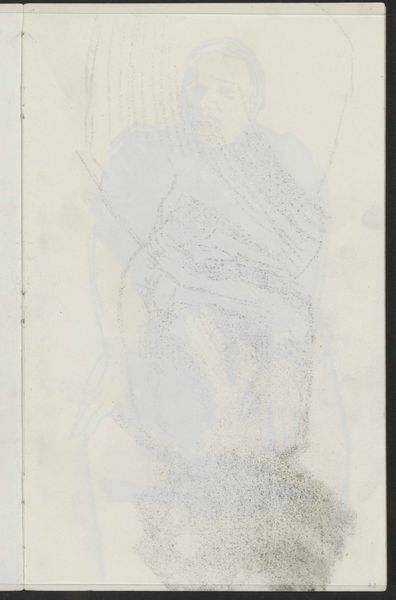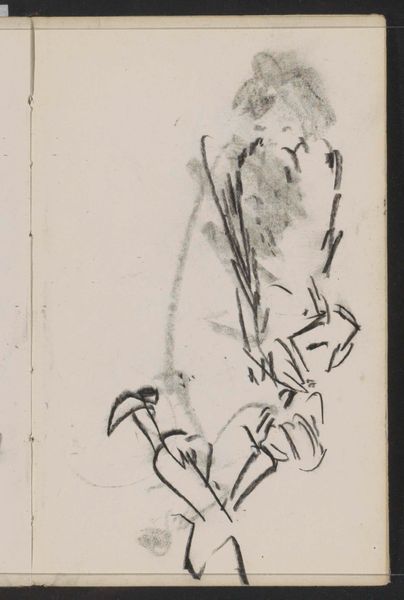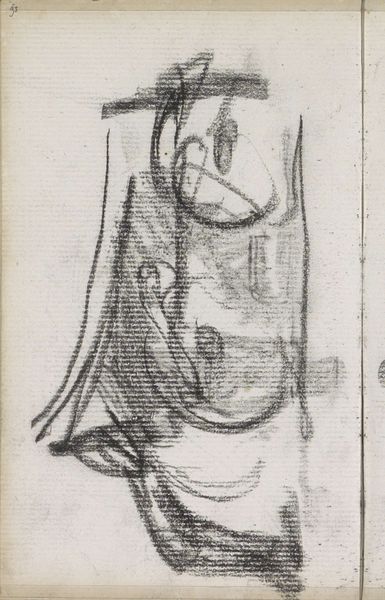
drawing, pencil
#
drawing
#
pencil sketch
#
pencil
#
realism
Copyright: Rijks Museum: Open Domain
Curator: Let's turn our attention to this pencil drawing, "Standing Boy in Oriental Costume," created by Cornelis Vreedenburgh around 1936. It's currently held in the Rijksmuseum collection. Editor: Immediately, the figure appears strikingly modern, despite the dated clothing. There's a certain nonchalance to the boy's pose, as if he's entirely comfortable inhabiting this performance of otherness. Curator: It's fascinating how Vreedenburgh uses simple pencil strokes to evoke such a strong sense of presence. You can almost feel the texture of the fabric and imagine the boy shifting his weight. Considering the time period, and the societal views of non-western cultures and people, it begs the question of why the artist chose this particular subject and dress. Was it simply exoticism, or something deeper? Editor: I agree, the choice of "oriental costume" raises questions. While Vreedenburgh might have approached it from a purely artistic perspective, we can’t ignore the potential for exoticizing and objectifying non-Western cultures that comes into play with the creation and display of images like this. We can appreciate his technical skills, while simultaneously having discussions on whether this contributes to the erasure of culture or just paying respect and visibility to it. Curator: Precisely. And how the setting influences the artwork's impact too. In 1930s Netherlands, amidst rising social change, images like this likely resonated quite differently than they do today. The museum setting also shapes how we read the image, framing it within a certain narrative of art history and national identity. It invites viewers to study this image to become active participants in a cultural exchange. Editor: I'm struck by the contrast between the loose, almost hurried sketch of the boy and the formal setting of a museum. It feels almost subversive, hinting at the transient nature of cultural representation itself. Even with its simple aesthetic, its complexities are more prominent to a 21st century audience. Curator: Indeed. An artwork's reception transforms so radically over time. Editor: It's a reminder that we bring our own baggage to every encounter with art, shaped by the socio-political currents of our time. Curator: Which I suppose underscores the necessity for continuous dialogue and critical examination. Editor: Agreed, prompting conversations about visibility, representation, and power within the history of art, as well as a better tomorrow for the new art created.
Comments
No comments
Be the first to comment and join the conversation on the ultimate creative platform.

